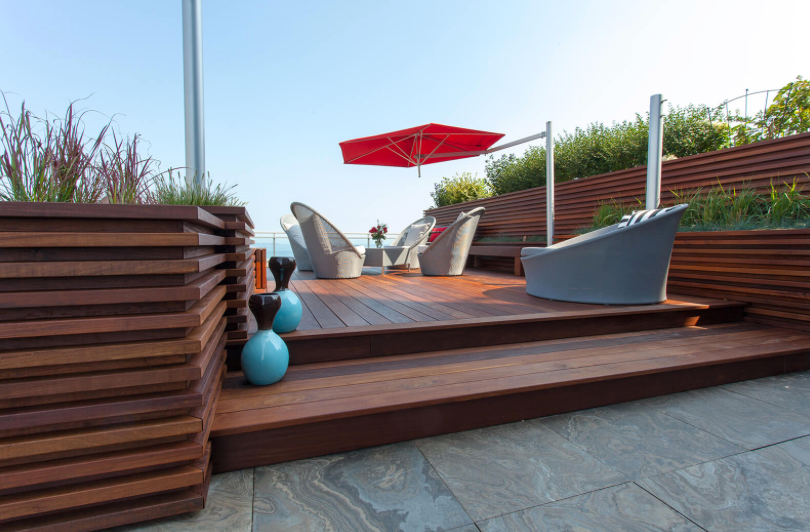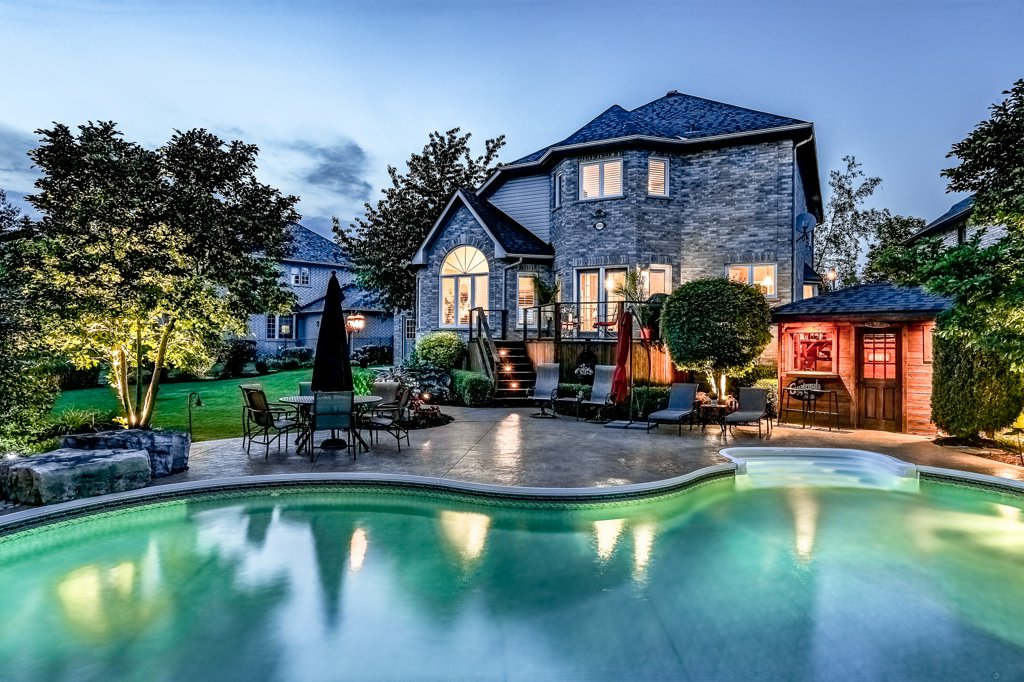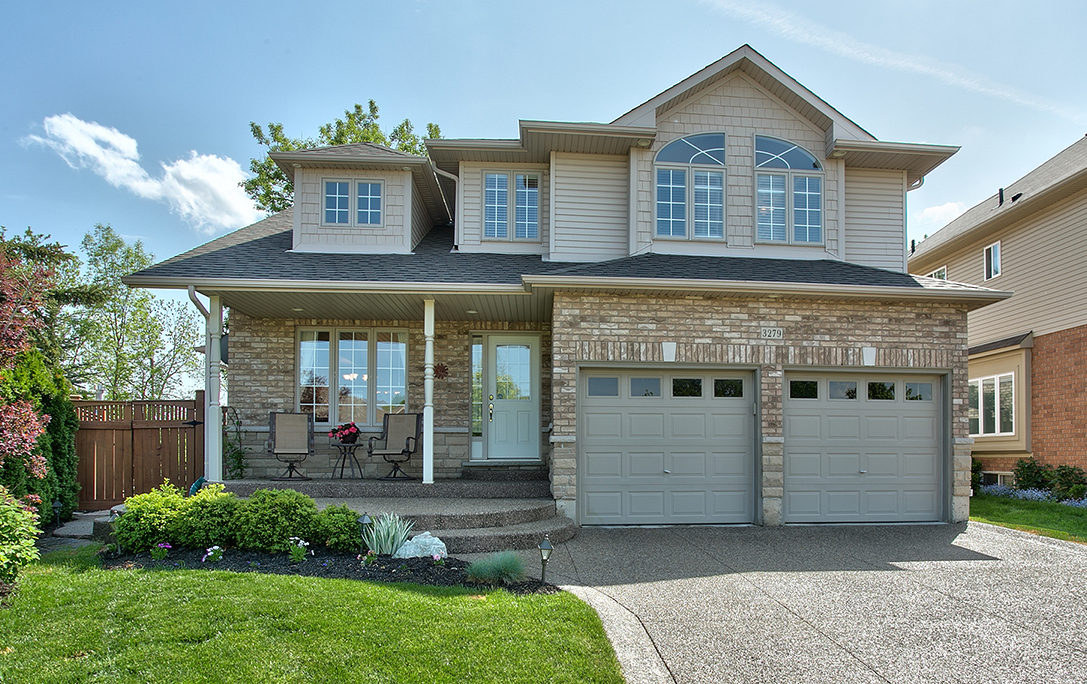Posted on
January 10, 2024
by
Philip Hollett
As more and more people have to work from home, the planning of home offices has become increasingly significant. There are many ways of creating office space and realizing a space that is a pleasure to use.
Perhaps one of the first points to consider is where to place your office. Your work may require privacy and your home office might get in the way of family living, especially now that kids are at home too.
Make sure you’re not working off your couch all day as it will negatively affect your productivity and may potentially affect your posture and hurt your back. Choose an area well away from the hub of family life, like a seldom-used guest bedroom, loft or basement space. It may be worth converting a garage or outbuilding to achieve a comfortable home office environment.
A proper desk and some adequate storage are also essential if working from home is to be a success. When you are seated, the computer screen should align with your eye-level and the keyboard should sit at a slightly lower level so that your hands are at right angles to your elbows. Office items often create a “busy” effect so for a sense of calm and order, having your space well organized with shelving, cabinets and(or) drawers is key.
List every piece of essential equipment that you will be using in the dedicated home office and decide how near or far each item is to be stored in relation to your desk for maximum efficiency.
A comfortable chair that provides good support is essential. The chair should be adjustable and on wheels, for greater mobility. Consider a standing desk, especially if your work demands that you sit for long periods in front of a computer. Otherwise, make sure you get up and move / stretch every 20 minutes.
Good lighting is also important. Desk lighting should fall without creating shadows or glare. A desktop lamp on a flexible arm is much easier to control than a desk lamp with a fixed head. Same thing for natural lighting: make sure your desk is facing the window or sideways to avoid glare on your computer screen.
If space permits, try to add a comfortable area for relaxation with a small coffee table for setting down a glass of water and a book or magazine. But don’t make it so cozy that all you’ll want to do all day is nap.
Working from home can give you some flexibility but keep in mind that you still have to plan your day with time slots for getting work done.
Determine the start and the end of your workday then make a schedule that include proper lunch break and stick to it.
Get dressed for work even if you’re not going out. Getting out of your pj, showering and getting into comfortable clothes can help get you into work mode and be ready for any impromptu video conference with your clients or colleagues.
Reduce distractions that don’t require your immediate attention, like television and household chores. You can do those during your lunch break or after work hours.
With a little work, you can quickly create a home office space that is comfortable, functional and enjoyable. It sure beats the dining room!















